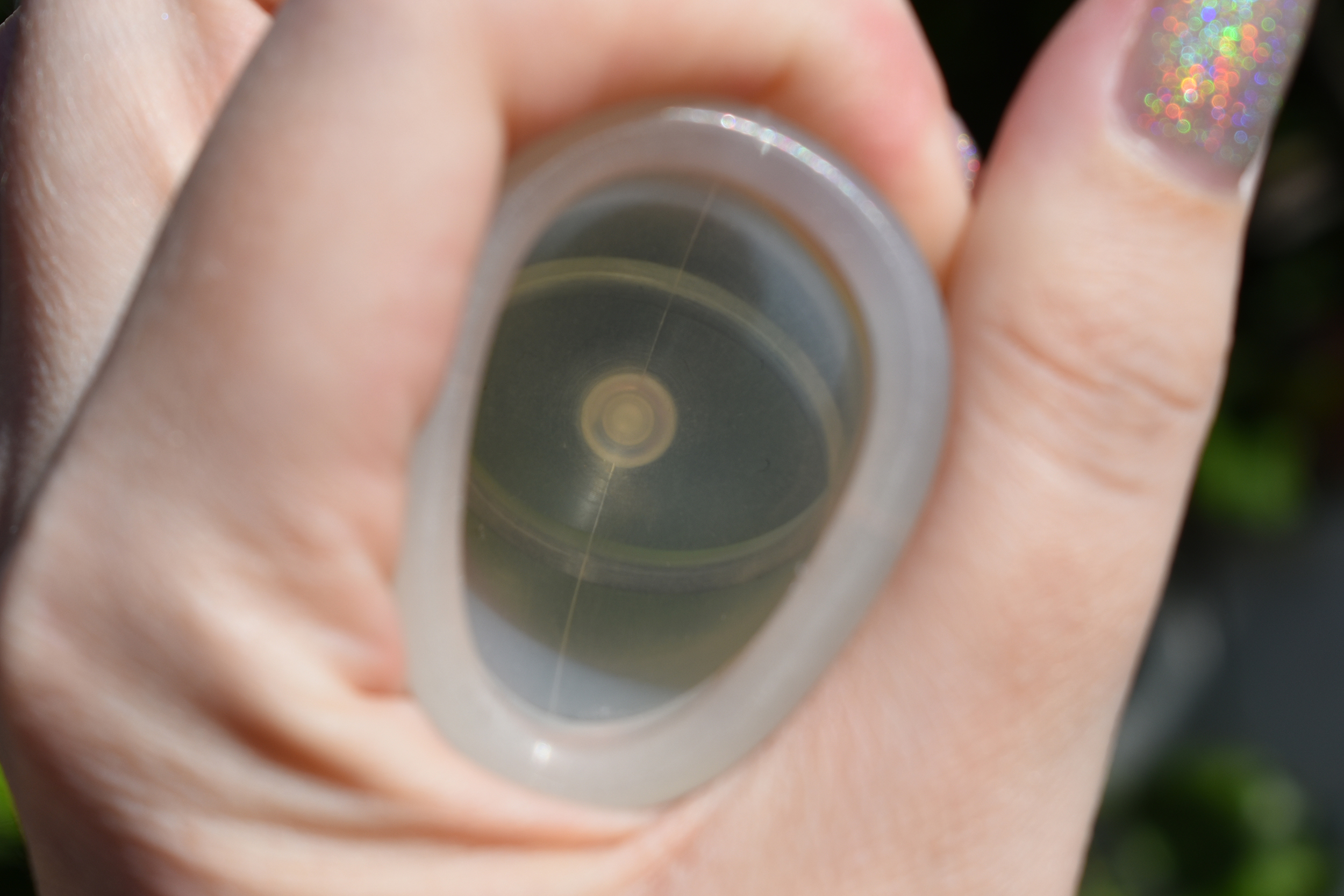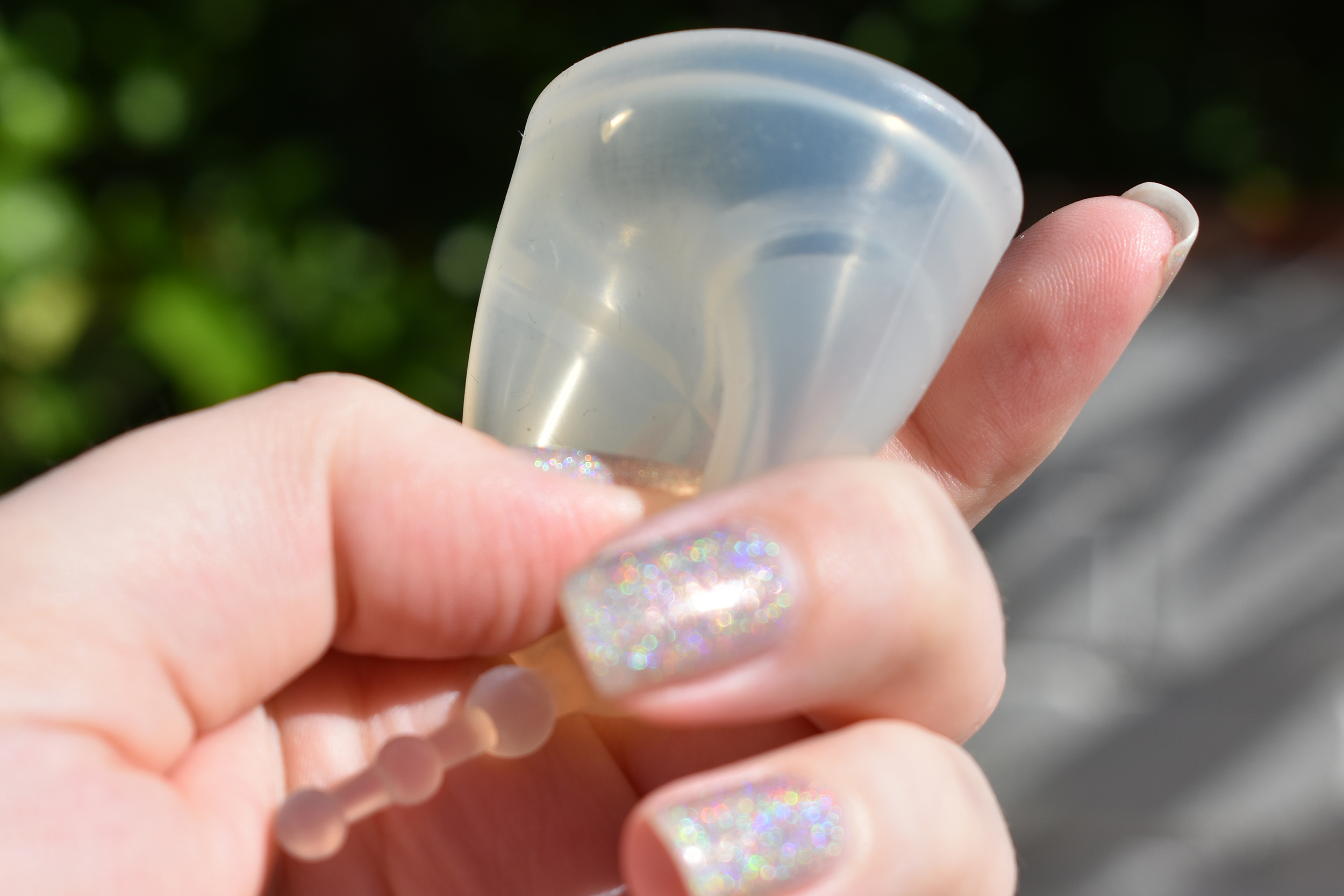Ask a Menstrual Cup Expert: Seals & Suction
Most people have a hundred questions about menstrual cup use when they’re just getting started. Many have been concerned about suction: do we want it? Wouldn’t it be uncomfortable? Can we accidentally suck our insides out with this period plunger? The answers to which are No, we don’t want it, Yes, it would probably be uncomfortable, and No, you can forget worrying about turning inside out.
A cup should create a seal instead of suction when inserted and worn. Proper removal technique will also help you to avoid any pulling or sucking sensations when it’s time to come out.
Keep in mind that these tips are easily read and remembered, but that it’s unlikely you’ll have any real trouble getting started with your new menstrual cup. Odds are you’ll forget you were ever apprehensive after your first cycle or two. But if there are a few kinks left to work out or you’re naturally curious, we’re here to help!
When your cup opens up after insertion, it should mold against the interior walls so the flow is directed into the basin of the cup. If the cup doesn’t fully open, it’s still partially folded, then you might have left some space for leakage. This process alone doesn’t create suction. If you need to adjust the position of your cup after insertion, don’t just pull it down — either twist the cup by grasping the base (allowing air along the sides for suction-free adjustment) or wiggle it back and forth by grasping the base (again, allowing air along the sides for suction-free adjustment).

Removal time! Remember how it’s not a good idea to pull the cup straight down? When the walls of the cup are molded against the interior walls, you can feel a pulling or suction sensation if you try to move the cup without breaking the seal. This can be achieved by pinching the base of the cup, allowing air around the cup walls and into the anti-suction holes, or using a finger to press into the body of the cup. If you can’t reach the base of the cup, use the stem as a guide to wiggle the cup down until you can, without pulling — it’s like getting the stem to wag it’s little stem tail instead of yanking it.

Another way to quickly allow air alongside the cup for flawless removal is to press against the interior wall of the vaginal canal from the “back” side, meaning the side closest to the tailbone. Since there’s no pelvic bone in the way, the anatomy is more flexible. This can also help you to pop open the cup after insertion by expanding the space and allowing enough air in to help it open fully.

So suction is easily avoided if you remember that the cup is going to create a solid seal to prevent the flow from escaping and that the seal needs to be broken before pulling out or adjusting the cup. I hope this has been helpful in your journey to menstrual cup mastery! If you still have questions, the GladRags crew is always around to answer. Until next time, happy bleeding, fellow menstruators!
